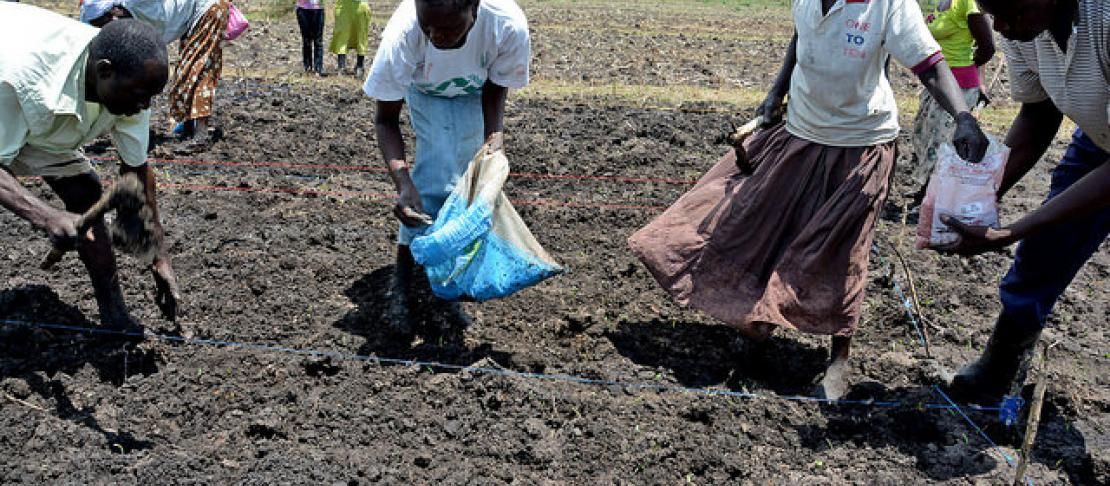CCAFS Program Management Committee and Independent Science Panel to visit Nyando Climate-Smart Villages

CCAFS Program Management Committee and Independent Science Panel members will visit the Nyando Climate-Smart Villages on 7th May 2015.
During this visit, they will interact with local farmers, research and development partners as well as local government officers who are working together to test climate-smart agricultural interventions, with the aim of boosting farmers’ ability to adapt to climate change, manage risks, build resilience and reduce greenhouse gas emissions while improving livelihoods and incomes.
New partnerships for science-based solutions
Since 2011, the CGIAR Research Program on Climate Change, Agriculture and Food Security (CCAFS) facilitates a partnership in 7 villages around collective action that integrates a science approach to deliver development outcomes in Nyando. This approach is based on a climate-smart village model. The model focuses on improving local knowledge of climate risks and variability in seasonal rainfall, dry spells, and disease and pest conditions to inform farming decisions. The goal is to respond to climate variability, reduce periodic hunger, ensure food security and enhance household incomes. This is achieved through the participatory application of resilient technologies, training to build the knowledge and capacity to change local practices and improve planning for adaptation to changing farming conditions. To help tackle this problem, the partnership through action research approaches is facilitating the testing a portfolio of climate-smart agriculture interventions, allowing farming households to make progressive changes to crops and cropping patterns as well as introducing new resilient livestock breeds.
New livestock are able to withstand heat stress, better utilize low quality herbage, cope with the disease burden, recover from drought with faster compensatory growth, therefore maturing to market weight in shorter rearing periods compared to the local breeds. Being climate smart therefore means farming households are able to combine these scientific tools and products with changes from adaptive management to address climate related risks and build resilience at local scales.